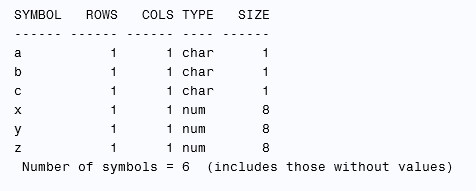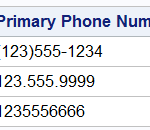
Cities and counties are responsible for building and maintaining the infrastructure to support a broad range of services. Local governments must develop and implement multiyear capital projects plans that provide infrastructure for things such as jails, courts, public office buildings, streets, bridges, parks, athletic complexes and community centers, water treatment




























